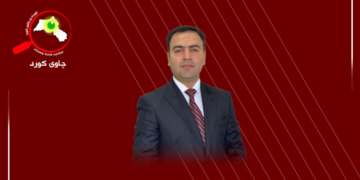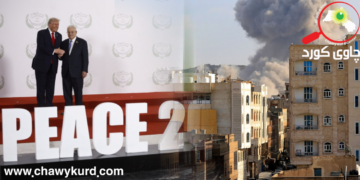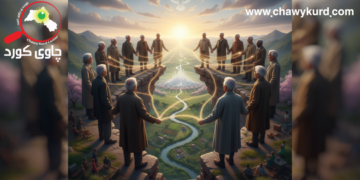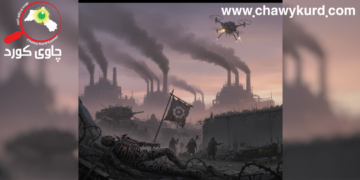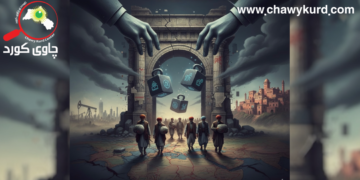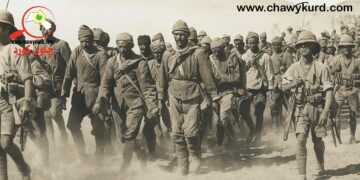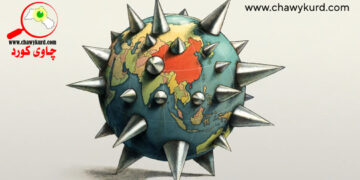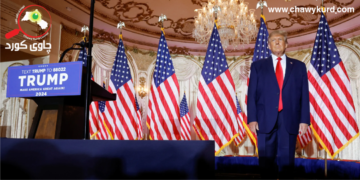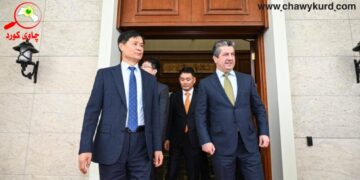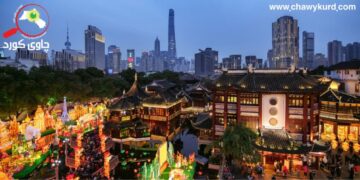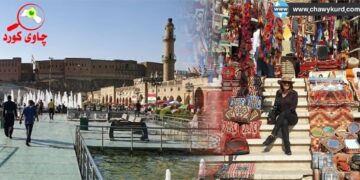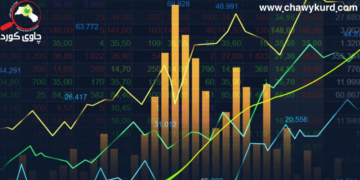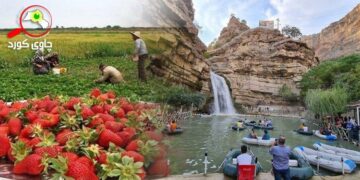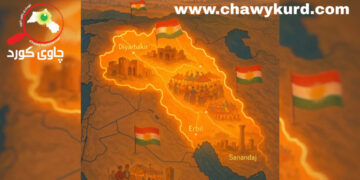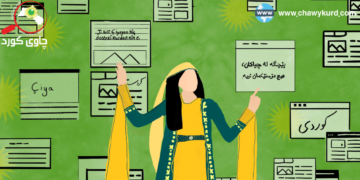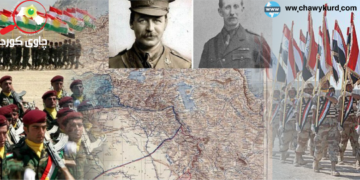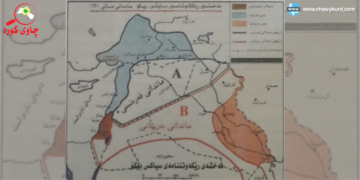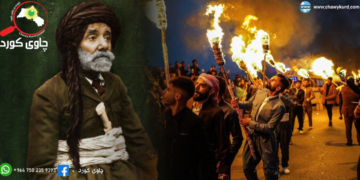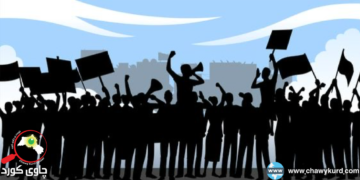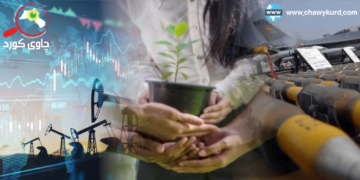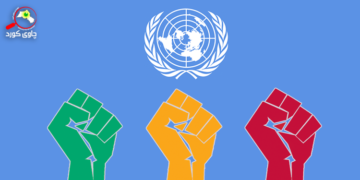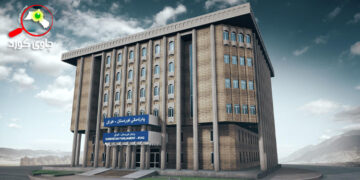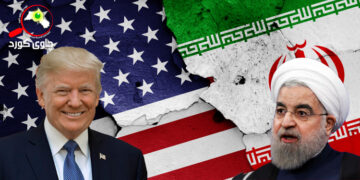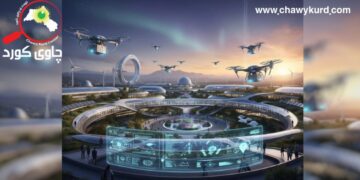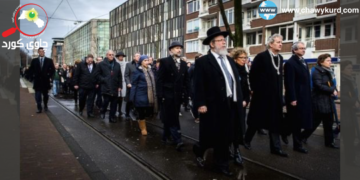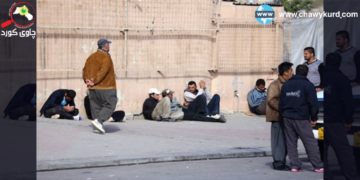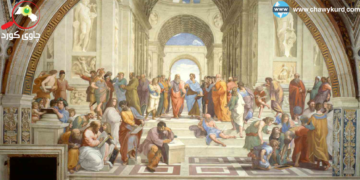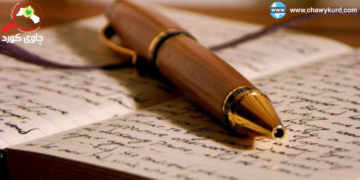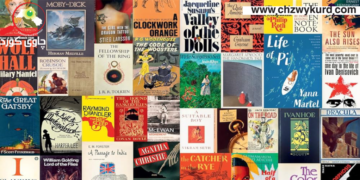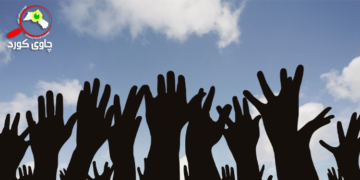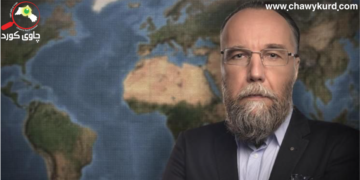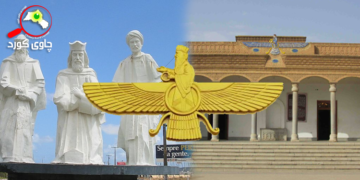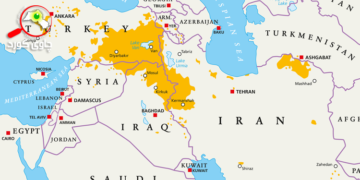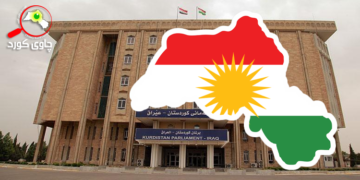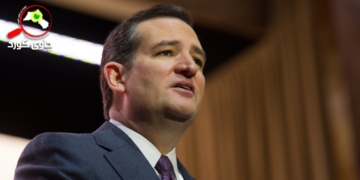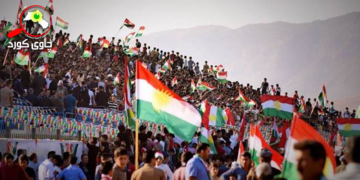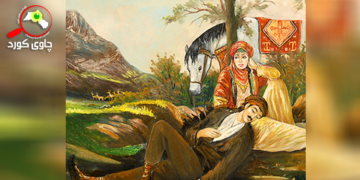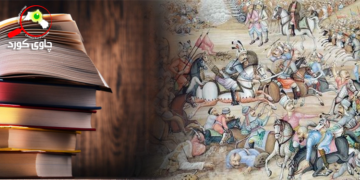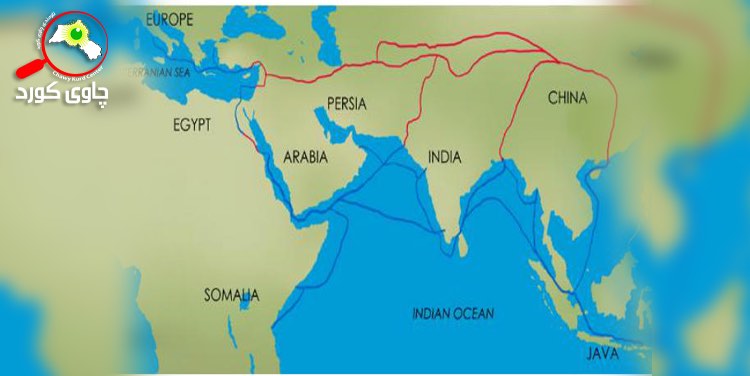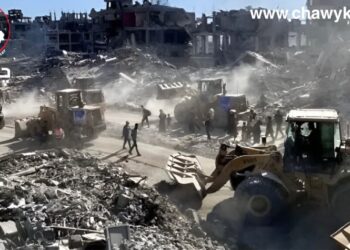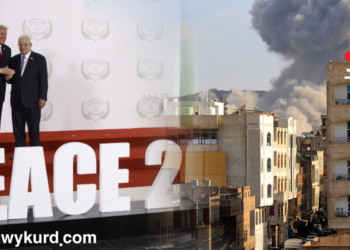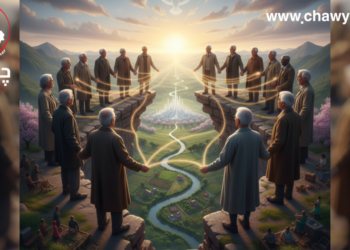Modern History of China:
Since the Chinese government took power in 1949 under Mao Zedong, there have been many efforts to bring about fundamental changes in the national economy. The socialist revolution in China is different from the socialist revolution in the former Soviet Union, due to the characteristics of the social, economic and political life of Chinese society.
Chinese President Xi Jinping promised to build an economic belt along the Old Silk Road during his visit to Kazakhstan, and a month later during his visit to Indonesia, Chinese President Xi Jinping announced that work on the Silk Road project continues. The proposed project is the largest and longest in the 21st century, covering about 65 countries and connecting China’s corridor to Europe, Africa and Asia with a new railway.
The Belt road is considered the world’s largest trade gateway, with 65 countries accounting for 65 percent of the world’s population and 75 percent of the world’s energy reserves. China’s strategy aims to connect Europe with highways, railways and a network of high-speed communications.
The Belt and Road Initiative has six economic gateways:
-
- An economic corridor to connect China, Mongolia and Russia; The corridor covers two main routes: one from Beijing and Tianjin Province in China to Mongolia and Russia, the other from the Dalian region to Cheetah, Russia.
- New Euro-Asia Land Bridge (New Eurasia Land Bridge): Connecting China to the Netherlands and Belgium and connecting the Pacific Ocean to the Atlantic Ocean. Construction 800.10 km Iron coins which connect Kazakhstan, Russia, Belarus, Poland and Germany, this is serving more than 30 countries.
- It connects an economic route of China and the Indian Peninsula: This route is located between China and India, through the Pearl River in China and the highway of kunganes and the high-speed railway in Nangan-Ganguchu to Hanoi Singapore. It also connects China to Vietnam, Laos, Cambodia, Thailand, Myanmar, Malaysia and Southeast Asia.
- An economic corridor between China and Pakistan: This corridor will be 3,000 km long, starting in Kashmir, China and ending in Gwadar, Pakistan. It connects the south through a commercial network of public highways, railways, pipelines and fiber optic cables.
- Economic Corridor between Bangladesh, China, India and Myanmar: This corridor starts from the Chinese city of Gunyang to the Yunnan Province of China, in order to connect India, Myanmar and Bangladesh by land, waterways and airlines.
- An economic corridor between China and Central and West Asia: This corridor connects China to Central and West Asia.
The Belt and Road Initiative has three objectives:
First: the export of extra capital
Second: using infrastructure knowledge
Third: most importantly, strengthening China’s role and influence at the international level.
Conclusion:
-
- The Belt and Road Initiative, announced by Chinese President Xi Jinping in Dagestan in 2013, is a tool for Eurasian unity and Chinese globalization, but it is also the result of the economic, political and strategic changes that occurred in China at the end of the 20th century.
- Most of the Eurasian countries, except for some countries that are neighbors of China and have a bloody history with it welcome the initiative of China, on the one hand because China has no history of occupation in the region. On the other hand, they want to implement a third power policy through China and use China as a force between Russia and the West to get rid of the domination of the two sides.
- The above fact is also true for Central Asian countries, which, due to Russia’s recovery and strengthening to avoid a repeat of the Soviet experience, most welcome the Belt and Road Initiative, and Chinese investment has reached many of these countries Investment in Dagestan, Tajikistan and Uzbekistan.
- Europe is still somewhat concerned about the Belt and Road initiative, so it is trying to deal with it on its own terms so as not to eventually fall under Chinese domination, but much of the strategic depth of major European powers such as Germany and France goes back to Eurasia.





